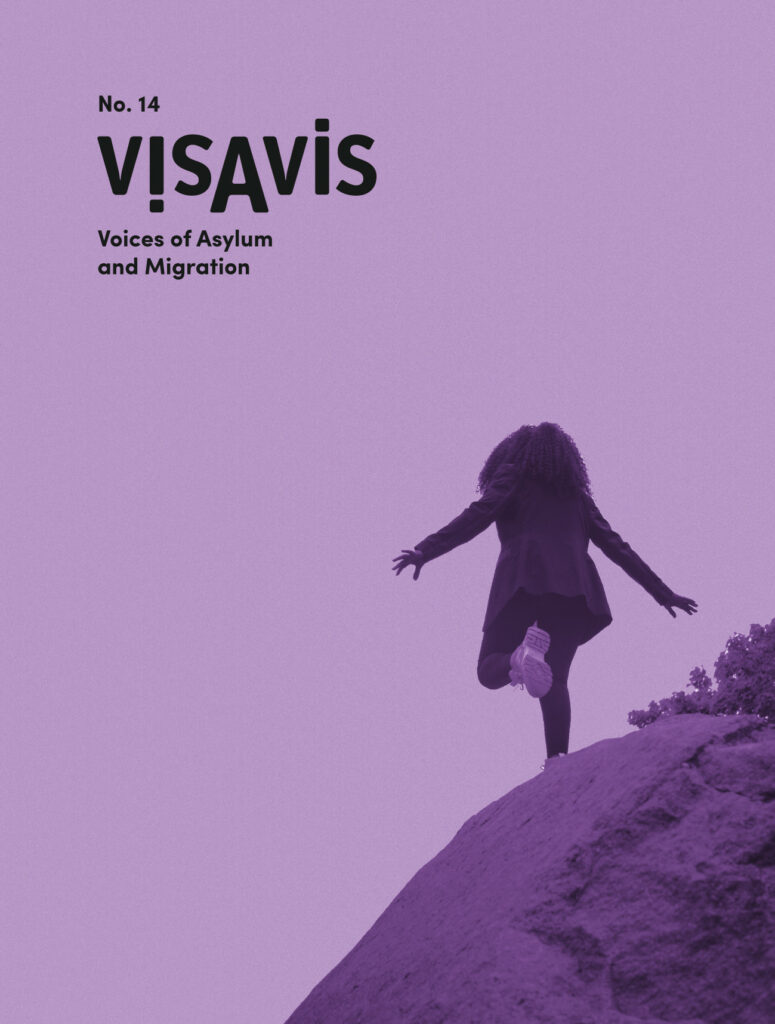 Reading Thomas Gammeltoft-Hansen: Access to Asylum – International Refugee Law and the Globalisation of Migration Control, Cambridge Studies in International and Comparative Law, 2011
Reading Thomas Gammeltoft-Hansen: Access to Asylum – International Refugee Law and the Globalisation of Migration Control, Cambridge Studies in International and Comparative Law, 2011
by Pauline Weller
‘Is there still a right to seek asylum in a globalised world?’ This worrying question is at the heart of Thomas Gammeltoft- Hansen’s latest comprehensive monograph on International Refugee Law. Access to Asylum deals with the impact of globalisation and its outcome on migration control.
The book is certainly timely considering current events in the global political landscape. And the author’s approach to the issue is adequate. As a matter of fact, migration control is more and more carried out extraterritorially and by non-state actors, which leads to new challenges in many respects.
The borders of the European Union as a result become virtual borders and are no longer identical to the physical external borders of the EU. In fact the scope has been extended far beyond these, into the territory of third countries and towards the high seas. Control policies and border monitoring have become increasingly sophisticated by means of advanced technologies. Such overriding efforts to prevent migrants, including people with a fear of persecution, from reaching EU borders is accompanied by an attempt to ensure that asylum seekers and refugees do not leave their countries of origin in the first place. Even if they manage to do so, such policies ensure they remain rather close to their native countries – miles away from the EU. It is not hard to conclude that this policy practice contravenes international refugee and human rights obligations. People who need asylum are excluded from access from the outset.
In this regard, he also expresses another concern: the invisibility of migration control and the lack of knowledge of especially offshore and outsourced migration control. He calls this an ‘out of sight, out of mind effect,’ and it has important consequences in terms of possibilities for establishing legal clarity. As a result, substantial evidence for actual practices is hard to come by.
One of the great achievements of this book is the linkage between the legal arguments and wider debates in the field of political science, allowing for the most realistic approach possible.
Taken as a whole, the book’s seven chapters provide a clearly structured and innovative argument for understanding global refugee challenges and for understanding why providing asylum for refugees remains an unresolved and divisive issue.
NGOs, scholars and the United Nations have put forward numerous recommendations for how to arrive at more ‘protection-orientated’ migration control schemes. The book discusses several of these versatile propositions. The author concludes there is a need for regulative and legislative changes and correspondingly clearer monitoring and reporting obligations for government officials and private actors. This also includes improved training of the latter to help identify protection seekers and to ensure proper procedures. Furthermore, a more intensive dialogue between all parties is needed.
For the sake of human rights protection, one can only hope that at least some of the discussed proposals will be implemented in the near future, without being certain if it would change anything and irrespective of popular policies that ‘undermine the very concept of refuge’.
